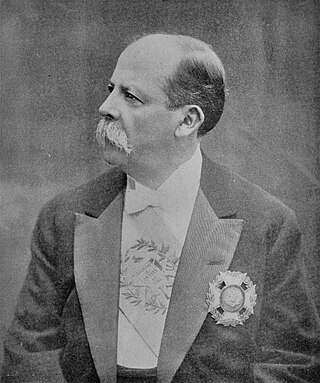
Manuel José Estrada Cabrera was the President of Guatemala from 1898 to 1920. A lawyer with no military background, he modernised the country's industry and transportation infrastructure, via granting concessions to the American-owned United Fruit Company, whose influence on the government was deeply unpopular among the population. Estrada Cabrera ruled as an dictator who used increasingly brutal methods to assert his authority, including armed strike-breaking, and he effectively controlled general elections. He retained power for 22 years through controlled elections in 1904, 1910, and 1916, and was eventually removed from office when the national assembly declared him mentally incompetent, and he was jailed for corruption. As such, he was the longest-serving leader of Guatemala. Son of Pedro Estrada-Monzón and Joaquina Cabrera.
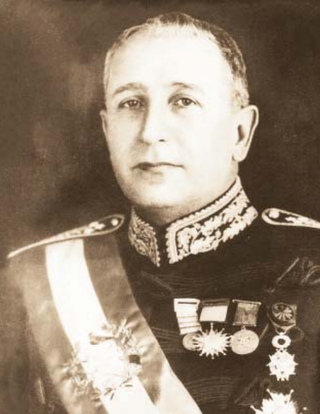
Jorge Ubico Castañeda, nicknamed Number Five or also Central America's Napoleon, was a Guatemalan military officer, politician, and dictator who served as the president of Guatemala from 1931 to 1944.
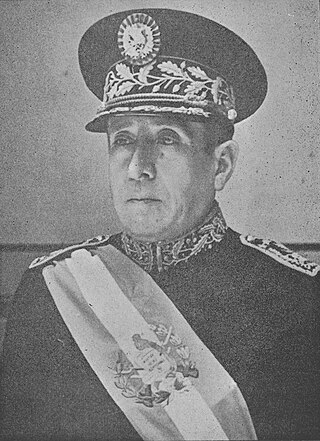
Juan Federico Ponce Vaides was the acting President of Guatemala from 4 July 1944 to 20 October 1944. He was overthrown by a popular uprising on 20 October 1944 that began the Guatemalan Revolution.

José María Reina Andrade was the acting President of Guatemala from 2 January 1931 to 14 February 1931.

Lázaro Chacón González was the acting President of Guatemala from 26 September 1926 to 18 December 1926 and President of Guatemala from 19 December 1926 to 2 January 1931.
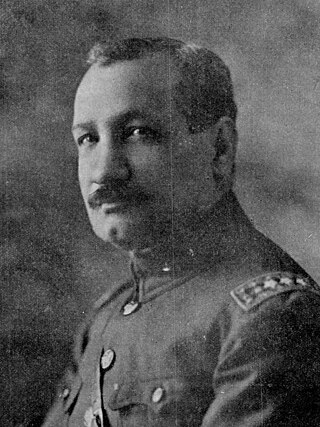
José María Orellana Pinto was a Guatemalan political and military leader. He was chief of staff of President Manuel Estrada Cabrera and President of Guatemala between 1921 and 1926, after overthrowing Conservative Unionist President Carlos Herrera. During his rule the Quetzal was established as the currency of Guatemala. Orellana Pinto died under suspicious circumstances in 1926 at the age of fifty-four. He was buried in the Guatemalan capital with state honors.

Carlos Herrera y Luna was a Guatemalan politician who served as acting President of Guatemala from 30 March 1920 to 15 September 1920, and President of Guatemala from 16 September 1920 until 10 December 1921.

José Joaquín Palma Lasso was a Cuban writer who was the author of the Guatemalan national anthem's lyrics.

The Universidad de San Carlos de Guatemala is the largest and oldest university of Guatemala; it is also the fourth founded in the Americas. Established in the Kingdom of Guatemala during the Spanish colony, it was the only university in Guatemala until 1954, although it continues to hold distinction as the only public university in the entire country.

The Palacio Nacional de la Cultura, also known colloquially as "Palacio Verde", is identified as Guatemala City's symbol in its architectural context. It was the most important building in Guatemala and was the headquarters of the president of Guatemala. The building is the origin of all the roads in the Republic and has a spot known as Kilometro Cero. It is presently a museum and is also used for important acts of the government.
General elections were held in Guatemala on 5 December 1926. The presidential election resulted in a victory for Lázaro Chacón González, who received 88.6% of the vote. Whilst the elections were rigged, the Progressive Liberal Party did manage to win some seats in the Congress.
Indirect presidential elections were held in Guatemala on 8 April 1920. After two decades of repression and dictatorial rule, political opponents of Manuel Estrada Cabrera organized the Unionist Party (PU) in 1919. Led by Conservatives tied to the landed oligarchy, the Unionists also attracted support among the urban proletariat, artisans, students, and industrialists.
Presidential elections were held in Guatemala on 22 February 1922. The result was a victory for José María Orellana, although the military had controlled the election and silenced the opposition, as well as putting down rebellions in at least twelve places including Antigua. Orellana assumed the presidency on 4 March.
Federico Hernández de León was a Guatemalan writer, historian and journalist. He graduated from the Instituto Nacional Central para Varones of Guatemala, with a high school diploma in 1900. Active politically, was arrested during the last few years of the government of president Manuel Estrada Cabrera, being held in the Central Penitentiary of Guatemala until the president was deposed on April 14, 1920. After his release, he went straight to take over the Diario de Centro América semi-official newspaper of Guatemala at the time. Later, he directed Nuestro Diario along with Carlos Bauer Aviles.

Rafael Spínola was a writer, journalist, politician and public speaker from Guatemala. Director of the well known cultura magazine La Ilustración Guatemalteca in 1896 and 1897, was Secretary of Infrastructure in Manuel Estrada Cabrera first presidential term. He also created the "Fiestas Minervalias", which were a celebration to the studious youth and the president Estrada Cabrera rule. He was also the one that signed the treaty granting the American company "The Central American Improvement Co. Inc." to finish the Northern Railroad -which had been left unfinished after president José María Reina Barrios assassination on 8 February 1898–, which would be the stepping stone for the operations of the United Fruit Company in Guatemala. He was the father of Guatemalan poetesse Magdalena Spínola (1896–1991).

Manuel María Orellana Contreras was a Guatemalan army officer and politician, and from 17 to 31 December 1930, de facto interim President of Guatemala, after leading a coup d'état that ended Baudilio Palma interim presidency. Palma, in turn, had been appointed president only four days earlier, when president Lázaro Chacón González suffered a stroke and was forced to resign. At the moment the coup took place, Orellana Contreras was commander of the San Rafael de Matamoros Fort in Guatemala City.
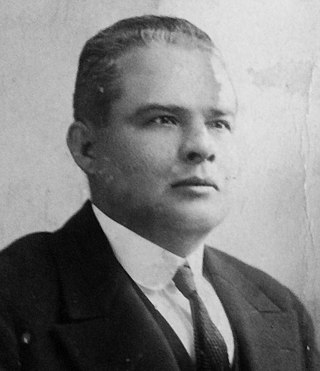
Baudilio Palma was acting President of Guatemala, in place of general Lázaro Chacón González, from 13 to 17 December 1930, when he was deposed and probably assassinated after coup d'état led by general Manuel María Orellana Contreras, who appointed himself as president. Several authors argue that he might not have been killed, but went into exile to El Salvador, where he would have died on 19 June 1944.
The Liberal Party was a political party in Guatemala.
Anarchism in Guatemala emerged from the country's labor movement in the late 19th century. Anarcho-syndicalism rose to prominence in the early 20th century, reaching its peak during the 1920s, before being suppressed by the right-wing dictatorship of Jorge Ubico.
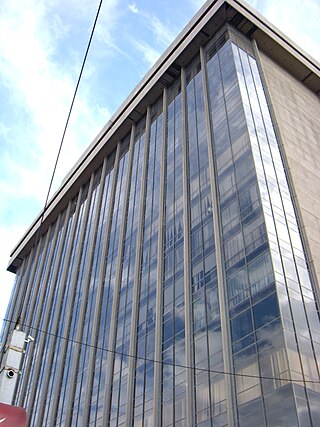
The Ministry of Public Finance is a government ministry of Guatemala in charge of fiscal policy and public finances.














